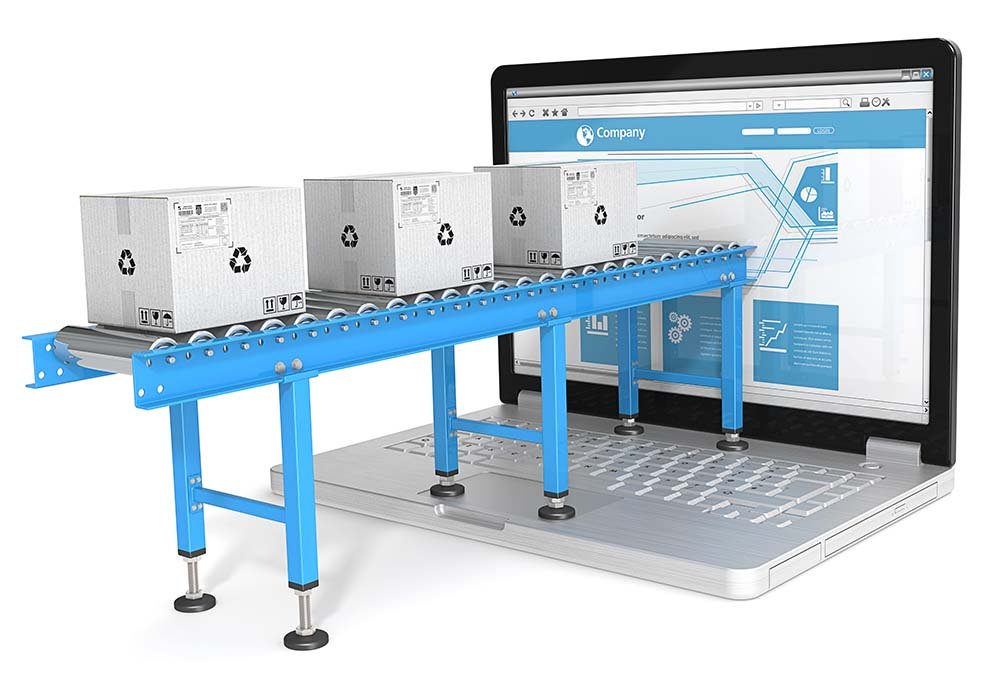Sorting 01
The sorting options are powerful tools meant to group orders based on criteria that make sense for your business. Group orders based on:
- Item or UPC numbers
- Shipping Carrier
- Order priority, shipping urgency or customer preference
SBSA Technology has developed an innovative tool for processing orders in bulk.
Bulk shipping label
generation
is the process of creating multiple shipping labels at once for multiple packages
or shipments. This is a
common task for businesses, especially those involved in e-commerce, drop-shipping
or shipping goods to
customers. Generating shipping labels in bluk can help streamline the shipping process
save time and
reduce
errors. Here are the key steps involved in bulk shipping label generation:
1
The sorting options are powerful tools meant to group orders based on criteria that make sense for your business. Group orders based on:
2
- Verify the number of boxes for each order.
- Select package style for all the shipments with a push of a button or individually.
- Enter the weight of the first box and apply it to all the selected orders in the group. In this
process, it's aimed automation
3
Processing the bulk orders is easy. It's a matter of clicking on a single button.
4
Bulk orders are just regular orders that are processed at once. Each individual order has its own tracking information. It can be easily accessed from the history section in the software reports are also updated based on the shipping activity





1. Sorting of Orders and Items
The sorting options are powerful tools meant to group orders based
on criteria that make sense for your business and the method of
processing orders.
- Group orders based on item or UPC number.
- Group orders based on the same shipping carrier.
- Group based on order priority, based on shipping urgency or
customer preferences
2. Preview the group orders and package selection
After the groups are created, the administrator has the option to
review the orders and identify any potential errors. The
verification process is on the administrator level. It follows
these steps:
- Verify the number of boxes for each order
- Select package style for all the shipments with a push of a
button or individually
- Enter the weight of the first box and apply it to all the
selected orders in the group. In this process, it’s aimed
automation on the weight selection. However, you have the
option to change the weight individually
3. Final Review and Process Bulk Shipping.
In this step, you will be displayed the group of orders on one
screen. If something needs to be changed, you will have the final
chance to do it
Processing the bulk orders is easy. It’s a matter of clicking on
process bulk orders.
4. Shipping Labels and Packing Slips.
Carrier shipping labels and packing slips will be generated
automatically at the time the bulk group of orders is processed.
All shipping labels will appear in a conveniently manageable file.
The file is in PDF format and ready to be printed on a shipping
label printer.
5. EDI Files – ASN, Invoice.
At the time the group of orders is processed, the EDI software
sends the ASN and Invoice files to retailers automatically. In
this process, there is no human involvement.
6. ERP accounting records.
The accounting records are generated and recorded to the ERP
system automatically.

Bulk orders are just regular orders that are processed at once. Each individual order has its own tracking information. It can be easily accessed from the history section in the software. Reports are also updated based on the shipping activity.
Efficient sorting and processing of orders and items are essential for maintaining customer satisfaction and ensuring the smooth operation of your business's fulfillment process. Automation and integration with appropriate software can significantly streamline these processes, especially when dealing with high order volumes.

